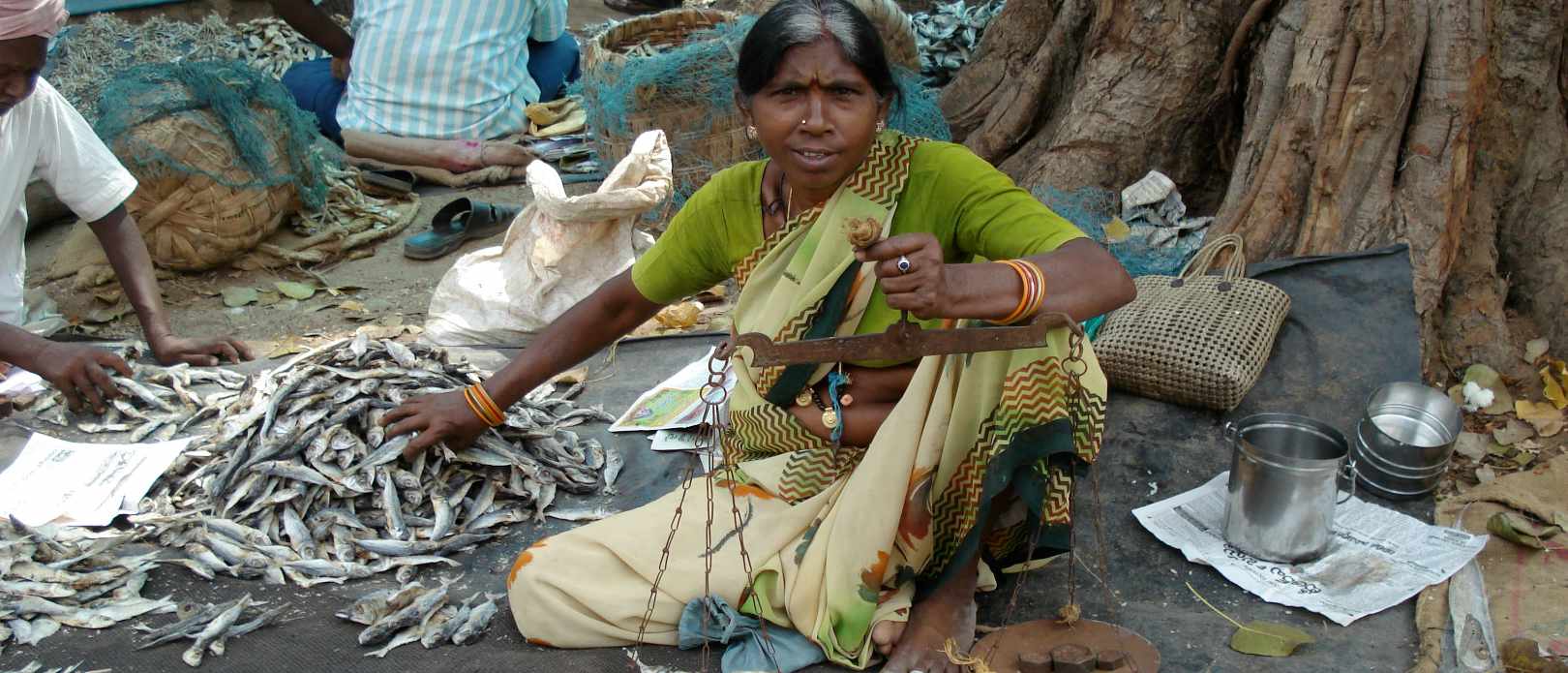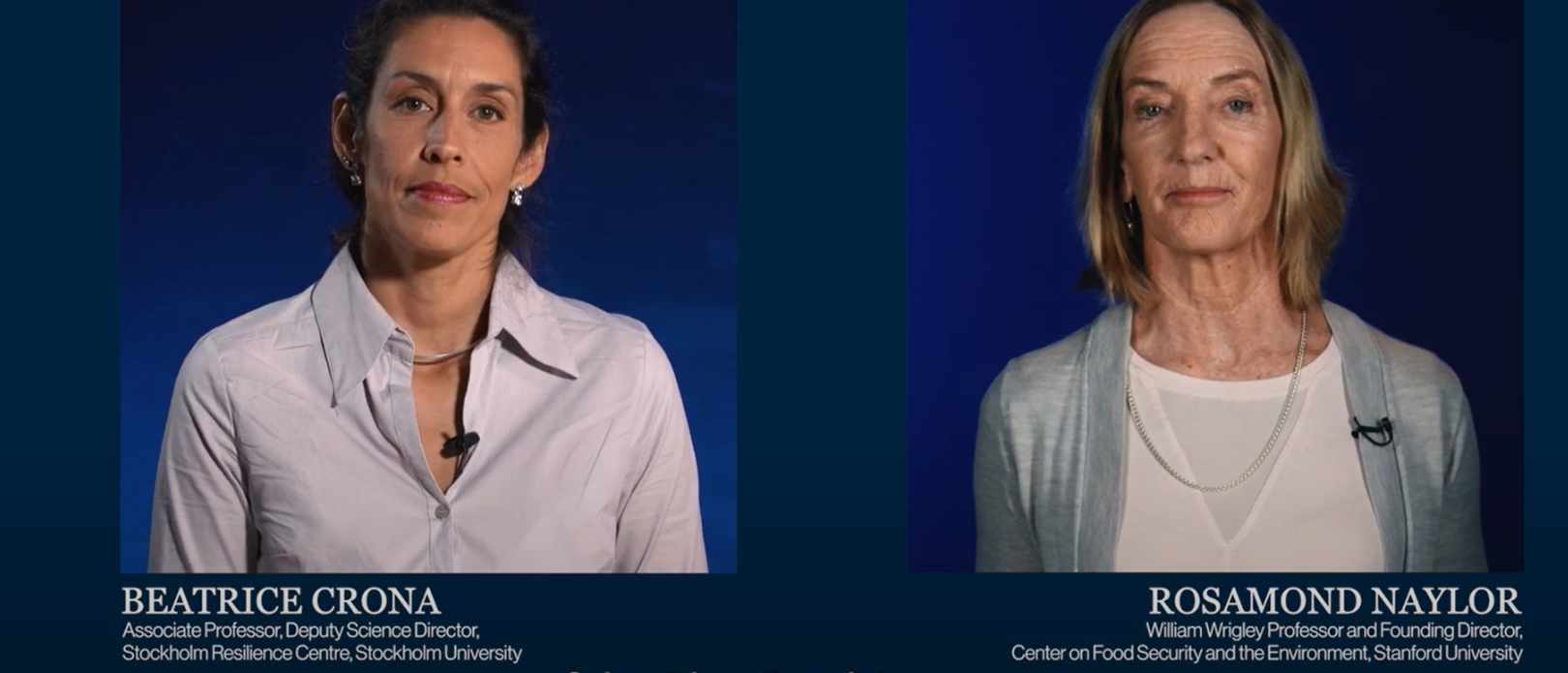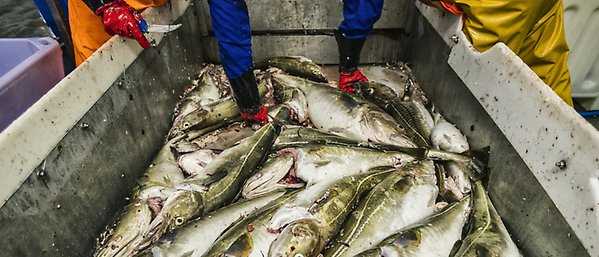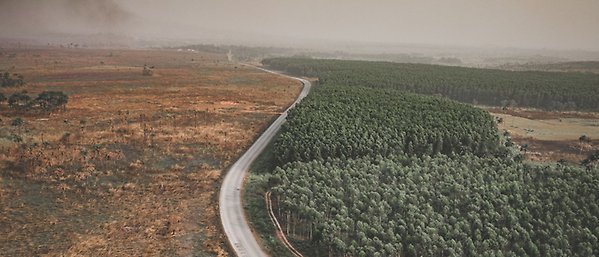Blue foods
Blue foods can help solve multiple global challenges
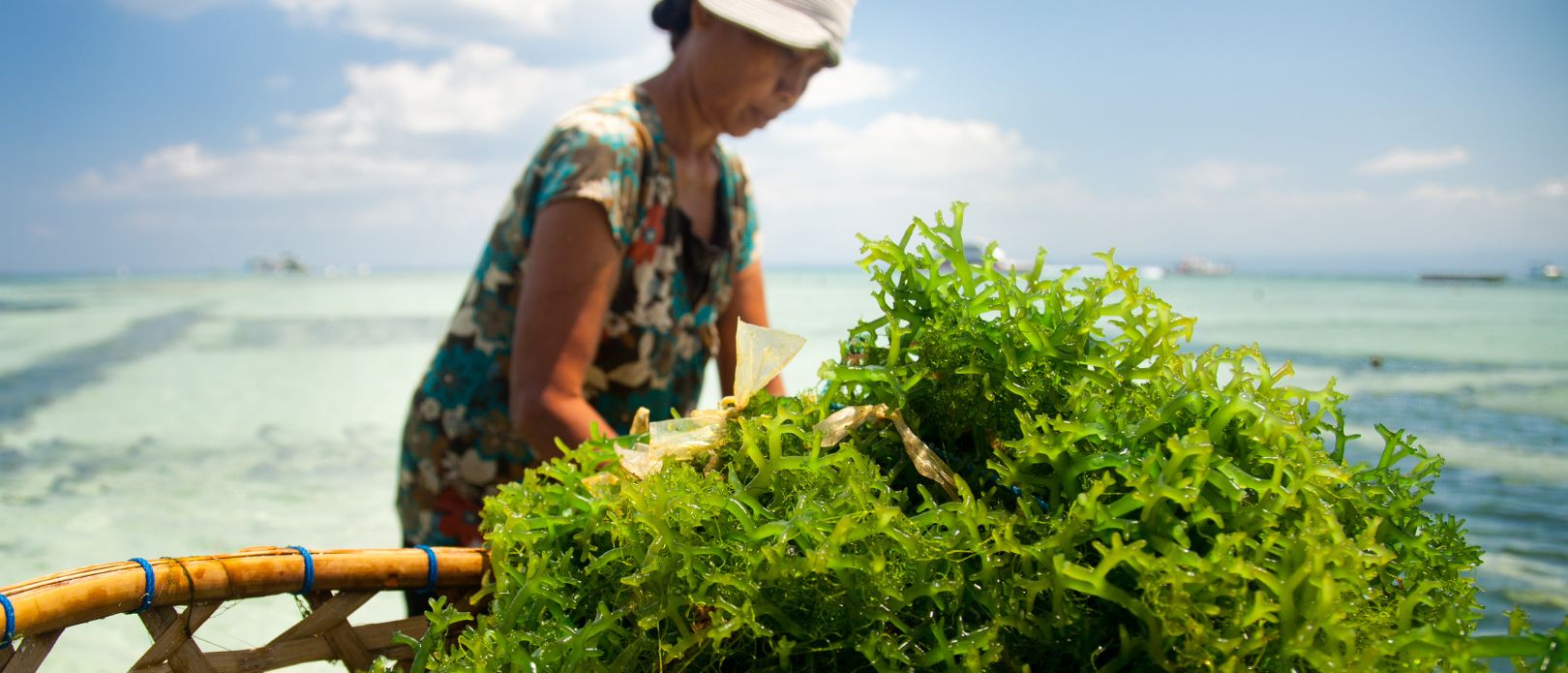
A Balinese woman farming seaweed on Nusa Lembongan, Bali, Indonesia. Photo: kerriekerr via Canva.
Blue foods – fish, shellfish, algae and aquatic plants – can be instrumental in solving multiple global crises, new analysis shows
- Blue foods can help improve global health, help eliminate hunger, increase the sustainability of oceans, water, climate and land
- Yet, blue foods are today overlooked as an instrument by policy-makers
- New research analyses data to uncover the four key roles aquatic foods can play in improving national food systems
Blue foods can help billions of people: to improve global health, help eliminate hunger, increase the sustainability of oceans, water, climate and land – and improve livelihoods and reduce inequalities. Still, blue foods are today largely overlooked as an instrument by policy-makers.
That is the main message of a new analysis by the Blue Food Assessment team of experts published in Nature.
Blue foods can play important roles in our diets, societies, and economies, but what exactly this looks like will differ greatly from one country and local setting to another.
Lead author and centre researcher Beatrice Crona
The research compiles and analyses a range of national data to uncover the four key roles aquatic, or ‘blue’, foods can play in improving national food systems’ performance and sustainability. This, in turn, has broader implications for financiers, processors, retailers, development organisations and fishers themselves.
Potential of blue foods
“Blue foods can play important roles in our diets, societies, and economies, but what exactly this looks like will differ greatly from one country and local setting to another,” said Beatrice Crona, lead author, professor at the Stockholm Resilience Centre at Stockholm University, and co-chair of the Blue Food Assessment.
She continues: “Our goal is for policymakers to fully understand the diverse contributions that blue foods can make, but also for them to consider the trade-offs that need to be negotiated to really make the most of the opportunities that blue foods provide.”
The paper looks at the potential for blue foods to deliver benefits and improvements across four policy dimensions: B12 and omega-3 nutrient deficiency, high rates of cardiovascular disease associated with excessive red (particularly processed) meat consumption, high environmental impacts, and climate adaptation and resilience to safeguard the contribution of blue food systems to nutrition, just economies, livelihoods and cultures.
Interactive tool
For instance, researchers found that policymakers in countries with high environmental food footprints and high levels of cardiovascular disease – typified by developed countries in Europe and North America – should focus on improving production and access to blue foods, which can act as a substitute for the consumption of more impactful red meats.
In contrast, the paper suggested that policymakers in nations characterized by high environmental food footprints and high nutrient deficiencies could choose to support a greater diversity of blue food production and promote lower-cost blue foods. The research indicated that farmed bivalves or small pelagic fish, such as sardines and herrings, can benefit less affluent populations while having low environmental footprints.
The scientists have also developed an interactive tool to help decision-makers that want to explore the potential of blue foods in their respective nations.
Read: Four ways blue foods can help achieve food system ambitions across nations
Methodology
To assess the degree of relevance of each policy for each country, the authors relied on theory and expert-guided typology building. Such an approach centres on classifying countries on the basis of a set of a priori assumptions about the conditions when blue food policies are relevant. The analysis has three steps.
Step one used theory and expert assessments to build a data table of conditions that logically explain the relevance or non-relevance of each of the four policies.
A second step involved developing Boolean logic solution formulae that allow us to classify countries in relation to the outcome variable ‘degree of policy relevance’ (highly relevant, relevant, less relevant and missing data).
The third step of their analytical approach involved matching the set configurations in the data table (step 1) to the Boolean logic solution formulae designed in step 2, to assign each case (country) to the outcome variable ‘degree of policy relevance’.
Read: Four ways blue foods can help achieve food system ambitions across nations
Crona, B.I., Wassénius, E., Jonell, M. et al. 2023. Four ways blue foods can help achieve food system ambitions across nations. Nature.
